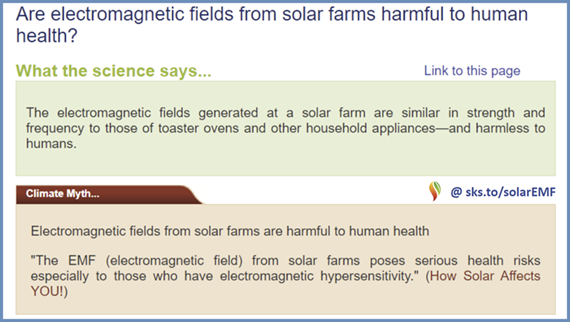Materials, Vol. 16, Pages 4236: The Wrinkles Characterization in GFRP Composites by Infrared Active Thermography
Materials doi: 10.3390/ma16124236
Authors: Adam Stawiarski Małgorzata Chwał Marek Barski Marcin Augustyn
An experimental study has been carried out to assess the effectiveness of infrared thermography in wrinkle detection in composite GFRP (Glass Fiber Reinforced Plastic) structures by infrared active thermography. Wrinkles in composite GFRP plates with different weave patterns (twill and satin) have been manufactured with the use of the vacuum bagging method. The different localization of defects in laminates has been taken into account. Transmission and reflection measurement techniques of active thermography have been verified and compared. The section of a turbine blade with a vertical axis of rotation containing post-manufacturing wrinkles has been prepared to verify active thermography measurement techniques in the real structure. In the turbine blade section, the influence of a gelcoat surface on the effectiveness of thermography damage detection has also been taken into account. Straightforward thermal parameters applied in structural health monitoring systems allow an effective damage detection method to be built. The transmission IRT setup allows not only for damage detection and localization in composite structures but also for accurate damage identification. The reflection IRT setup is convenient for damage detection systems coupled with nondestructive testing software. In considered cases, the type of fabric weave has negligible influence on the quality of damage detection results.

 1 year ago
35
1 year ago
35

